7 Secrets From the French Kitchen You Don’t Want to Miss!
Were you aware the Cook’n Newsletter is often built around themes? The clever staff at DVO ponder and brainstorm until they come up with a fun take for each month. April’s theme just happens to be “April in Paris” with the idea of looking at European foods and their traditions.
So I thought today I’d go with the obvious—French cooking. I found the BEST information on LifeHack (www.lifehack.org). The Life Hackers say: “Ah the French! Effortlessly chic, enviably nonchalant and so very fit and healthy…and they sure can cook!”
In fact, their cuisine is so famous, so steeped in history, and so super healthy that it’s even been given UNESCO world heritage status. What’s the secret to their success? The Life Hacker research revealed there are seven “secrets” to French cooking that you too can put into practice in your very own cuisine! Here’s what you don’t want to miss:

1. Eat as fresh and as natural as possible. This agriculturally-blessed nation is obsessed with using natural, fresh ingredients. The idea of microwave-meals and other pre-prepared, processed foods has never really caught on, as people take great pride in preparing food from scratch, no matter how busy they are. A weekly trip to the local fruit and vegetable market is an almost sacred tradition among the older generations, and most people prefer to buy their produce from a market than from a supermarket chain or grocery store. The French get it: By buying the freshest and most organic food you can afford, you are sure of everything you’re putting in your body, cutting down your risk of disease and imbalances caused by the hormones and additives found in most processed foods today.
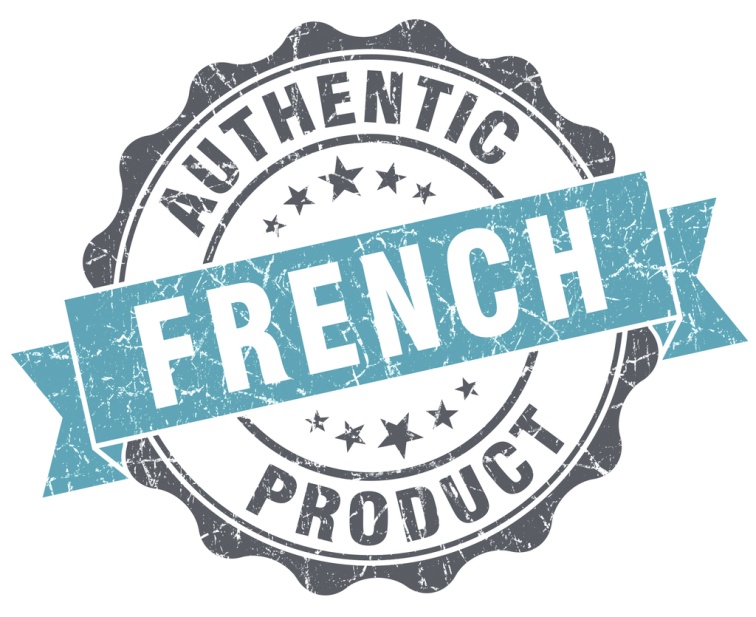
2. Local and seasonal is always best. The French seem to have an innate sense of what foods grow at different times of the year. French eating is governed by the seasons, and traditions have been built around the availability of certain foods at certain points in the year. But this is not just for quaint, old tradition’s sake – it’s a major money saver. Buying produce in season when it is at its cheapest can save you a lot on your weekly grocery shopping. The French get it: Buying local is also more cost effective, better for the environment and a great support to local industry and agriculture.
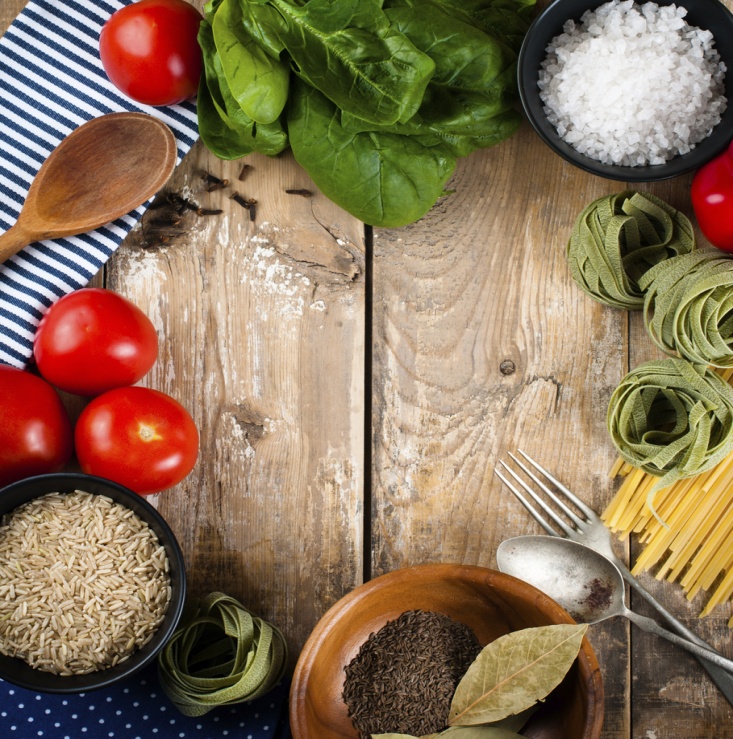
3. Let your ingredients be your seasoning.
French recipes don’t often call for a lot of salt or seasoning. They seem to know instinctively which ingredients to combine for complementary flavors: seafood with lemon, red meat with mustard, potatoes with hard cheese… the list goes on! But to rely on your ingredients to flavor your dishes, you first need to learn how best to cook them to retain as much taste and flavor as possible. The French get it: Steaming, grilling and braising—all healthy, fat-free ways to prepare delicious French meals—plus the right ingredients, are all you really need.
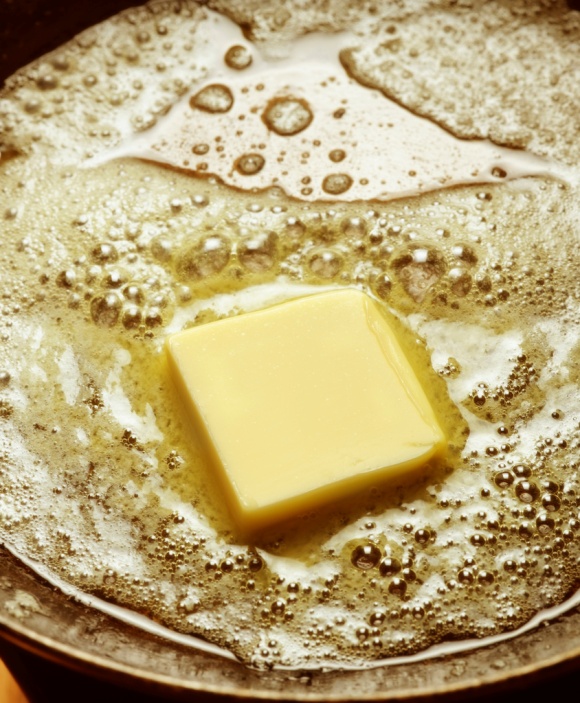
4. Fat is your friend! REAL FOOD fat, that is. Authentic French recipes will seldom require food to be prepared in “healthy” oils. The French love their butter, and they don’t skimp on the full fat milk or cream either! Many vegetable side dishes are even fried in lardons- very thin strips of bacon fat! And yet they have some of the lowest rates of heart disease and cholesterol in Europe! How is this possible? Fresh, organic dairy and other fat products are healthy (just as healthy as olive oil, which loses its health properties as soon as it’s heated up). The French get it: As long as they are consumed in moderation, not more than three or four times a week, and not heated for prolonged periods of time, fat is your friend.
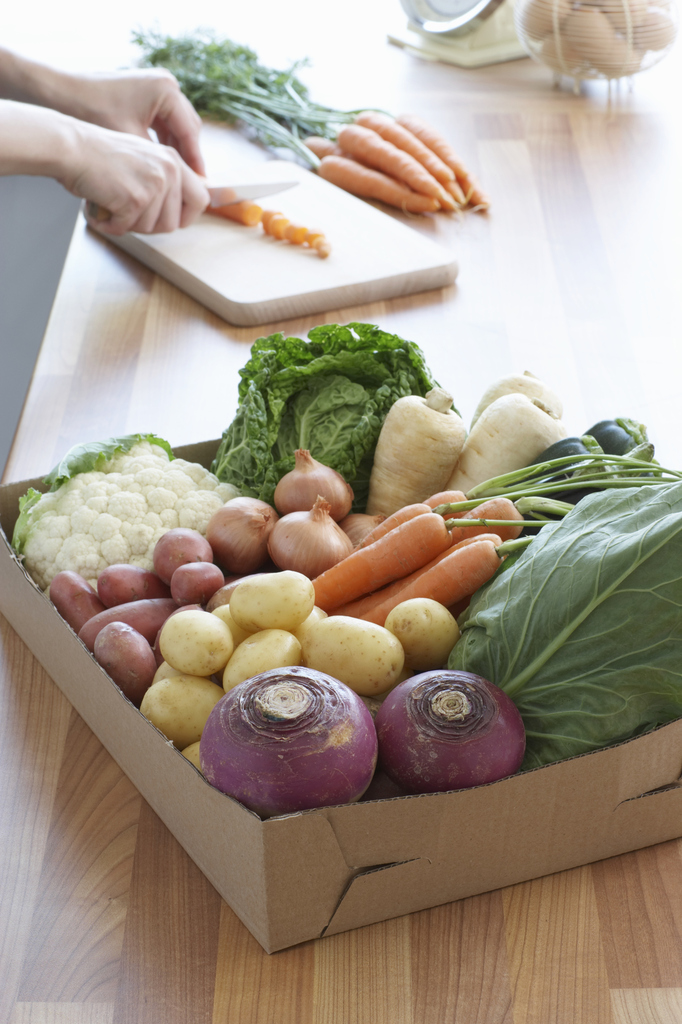
5. Waste not…want not! Native Americans used every part of the buffalo—the French use every part of the carrot. French recipes have an ingenious way of finding a use for every part of the food (even the parts we usually throw away). Whether for seasoning and flavor (poultry or meat bones, the leaves of some vegetables) or as ingredients in their own right, such as carrot leaf soup. The French get it: Wasting food isn’t smart, and they save themselves time and money by not doing so.

6. Every meal is a celebration! The idea of grabbing a quick bite to eat is completely alien in France. You’ll never see a French person eating on the run. In fact, between the hours of 12:30 pm and 2:30 pm most businesses shut down, shops close, pharmacies put up their “back soon” signs as the working world as we know it grinds to a halt. EVERYTHING shuts down for lunch. For the French, every meal is a celebration, the highlight of the day, and should be treated accordingly. Time should be taken to enjoy each part of the meal, accompanied by a drink of choice, whether wine, beer or water. The food, company and conversation should be savored. The French get it: From childhood, they know that food is a pleasurable and integral part of life, and therefore they develop healthier eating habits as they grow up.
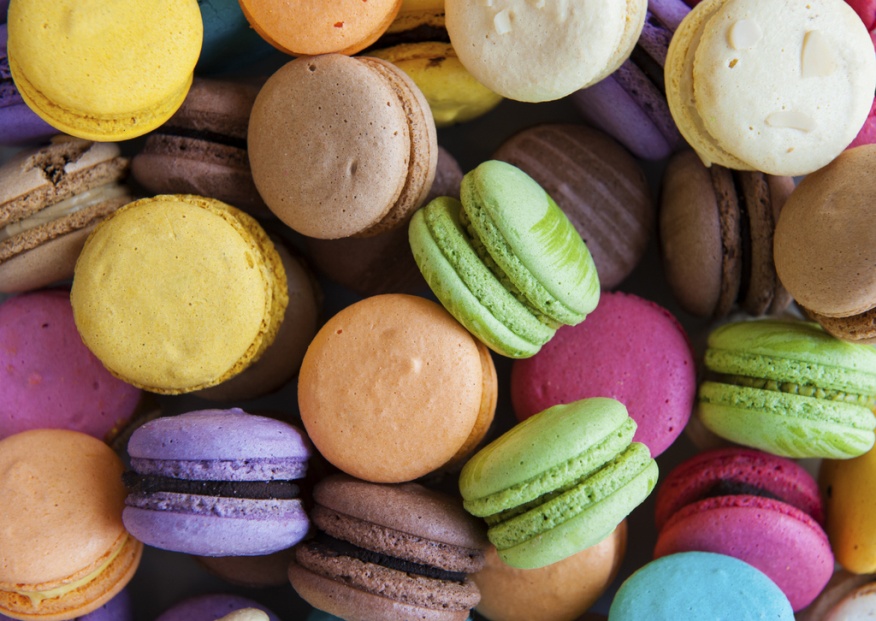
7. Everything in moderation. In France, they don’t believe in deprivation. In fact, even some food allergies and intolerance are met with disbelief! The French enjoy their treats—cheese, buttery pastries, cakes, tarts, chocolate, and other desserts after every meal. Yet they are still some of the thinnest on the European continent. How do they do it? The key: everything in moderation. A French lady will allow herself a macaroon but not two, children are allowed dessert but only after a healthy meal; the business world wakes up to a croissant every morning, but won’t eat anything else until lunch. The French get it: By allowing yourself to slowly savor and enjoy your food, you can tell when your body is full, and not fall into the trap of overindulging.
It’s a fact that French cuisine has long been the envy of the rest of the world. But now you know some of their “secrets” and you too can enjoy healthy and delicious food à la française in your very own kitchen! Bon appétit!
Now it’s time to indulge in a little French eatery. How about make some proverbial French macarons (yup, that’s the correct spelling—it’s not MACAROON). But remember secret #7…
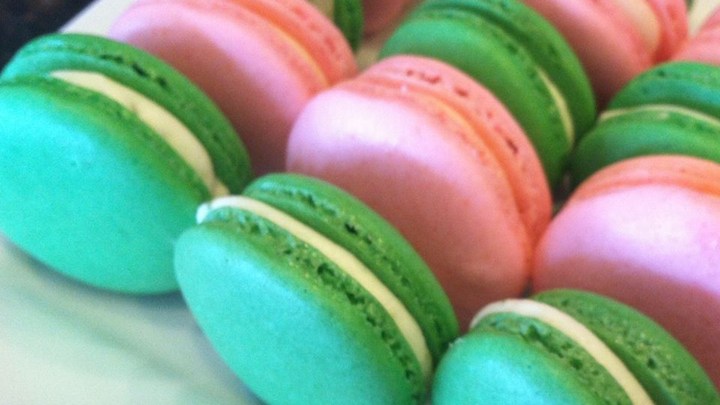
CLASSIC FRENCH MACARONS
3 egg whites
¼ cup white sugar
1 2/3 cups powdered sugar
1 cup finely ground almonds
Line a baking sheet with a silicone baking mat.
Beat egg whites in the bowl of a stand mixer fitted with a whisk attachment until whites are foamy; beat in white sugar and continue beating until egg whites are glossy, fluffy, and hold soft peaks. Sift confectioners' sugar and ground almonds in a separate bowl and quickly fold the almond mixture into the egg whites, about 30 strokes.
Spoon a small amount of batter into a plastic bag with a small corner cut off and pipe a test disk of batter, about 1 1/2 inches in diameter, onto prepared baking sheet. If the disk of batter holds a peak instead of flattening immediately, gently fold the batter a few more times and retest.
When batter is mixed enough to flatten immediately into an even disk, spoon into a pastry bag fitted with a plain round tip. Pipe the batter onto the baking sheet in rounds, leaving space between the disks. Let the piped cookies stand out at room temperature until they form a hard skin on top, about 1 hour.
Preheat oven to 285°F. Bake cookies until set but not browned, about 10 minutes; let cookies cool completely before filling. To fill: Pipe your favorite frosting onto the flat side of one round, place flat side of another round on top.
NOTES:
If you do not have a sifter, you can use a blender or food processor to thoroughly mix the almonds and confectioners' sugar. Just blend or pulse for thirty seconds.
Remember that because the consistency of the mix is like cake batter, you're going to have to be quick about piping it onto the silicone mat. Hold the pastry bag sideways between piping so it doesn't spill.
- www.lifehack.org
- www.allrecipes.com
 Alice Osborne
Alice Osborne
Weekly Newsletter Contributor since 2006
Email the author! alice@dvo.com
